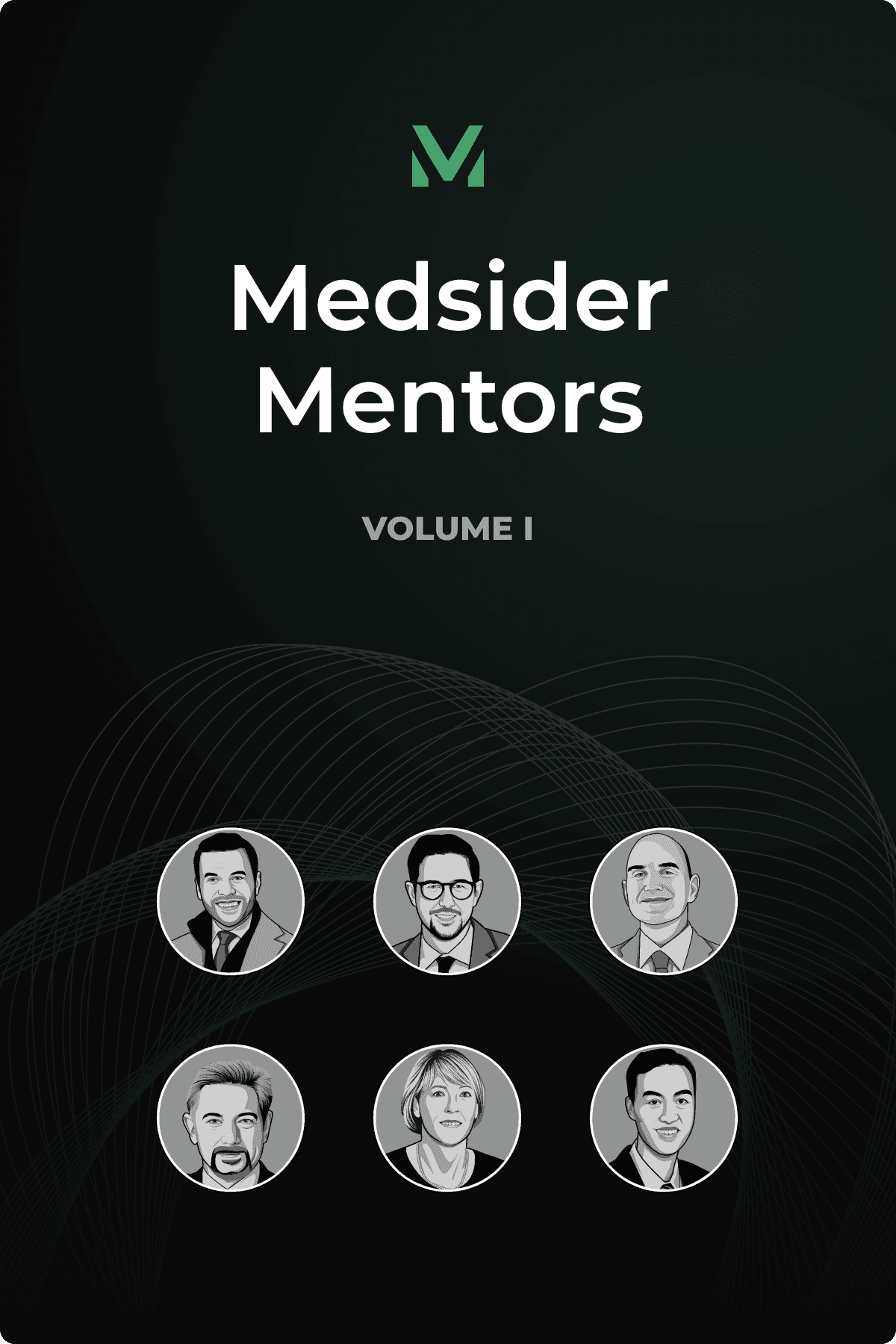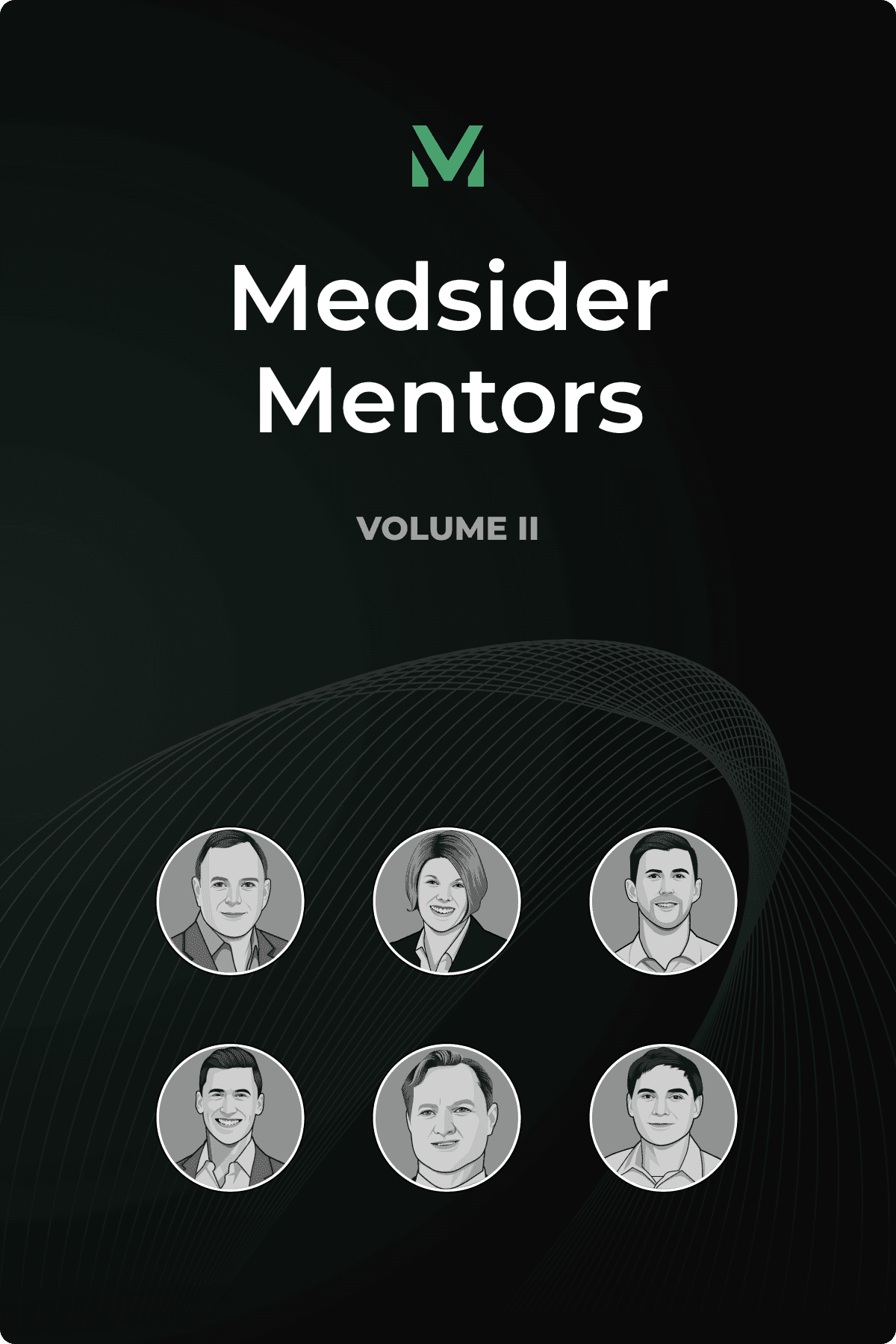A Roadmap for Proving Clinical Efficacy and Economic Value
Interview with Mainstay Medical CEO Jason Hannon

Key Learnings From Jason’s Experience
Validate your therapy’s core concept before investing heavily in device design, especially when introducing a disruptive treatment. You can create a prototype using off-the-shelf products for early testing. This allows you to focus on understanding the therapy's mechanism of action and potential benefits.
Design clinical trials to demonstrate both the clinical efficacy and the economic benefit to healthcare providers – it is crucial for securing reimbursement. This involves considering the cost impacts of patient care, like hospital readmissions and the need for further interventions.
Gain your investor’s trust with a detailed financial plan and by consistently achieving your goals. Build credibility and prove that you can deliver on your promises in order to best position your company for a future financing event.
Jason Hannon has been steering the ship as the President and CEO of Mainstay Medical since 2017. The company’s flagship product ReActiv8 is a restorative neurostimulation device that aims to solve the underlying causes of chronic back pain. For those unfamiliar with nautical terms, ‘mainstay’ refers to the main support structure for the mast on a boat – just like the spine is the main support structure of our bodies.
Originally a lawyer, Jason entered the medtech space with NuVasive, where he took the company public, handled roles from legal to product development, and saw the company grow from millions to billions in sales. "Turns out, I had a knack for sales that took me until 40 to discover," Jason admits with a chuckle. However, after 12 years at NuVasive, the allure of further disruption called him to Mainstay.
Mainstay’s focus area is chronic back pain, specifically mechanical back pain. For years, treatments have largely targeted neuropathic pain – which is typically related to spinal nerves being inflamed, squeezed, or pinched – relying on surgery or spinal cord stimulators to provide temporary relief. On the other hand, mechanical back pain is often associated with a weakened or inactive multifidus muscle, the primary stabilizer in the lower back.
"This is genuinely the first approach at long-term treatment of a cause of mechanical pain,” Jason shares. Mainstay’s flagship product ReActiv8 is a minimally-invasive, implantable device that targets this condition. The therapy works by stimulating the nerves that control the multifidus muscle, helping patients to regain muscle control and restore functional stability to the spine, and allowing the underlying injury to heal. Rehabilitating this muscle means addressing the underlying instability that leads to chronic pain, offering patients a chance at lasting relief.
Mainstay is currently commercializing in the US, Australia, Germany, and the UK. They have a busy year ahead with more clinical initiatives and an effort to tackle insurance coverage and reimbursement within the US healthcare system. Jason shares, “In the next 12 months, we believe we'll deliver all the clinical data and the economic proof to convince U.S. insurers that ReActiv8 can be a long-term solution for patients, greatly reduce reliance on opioids and other drug or nerve-burning treatments, and also saves money for the healthcare system. And we can demonstrate that.” He foresees the team will have everything assembled in the next year to compel insurance companies in the US to provide ReActiv8 to their policyholders.
You May Like These Articles
Medsider Premium
Become a premium member and unlock access to exclusive Medsider benefits.



